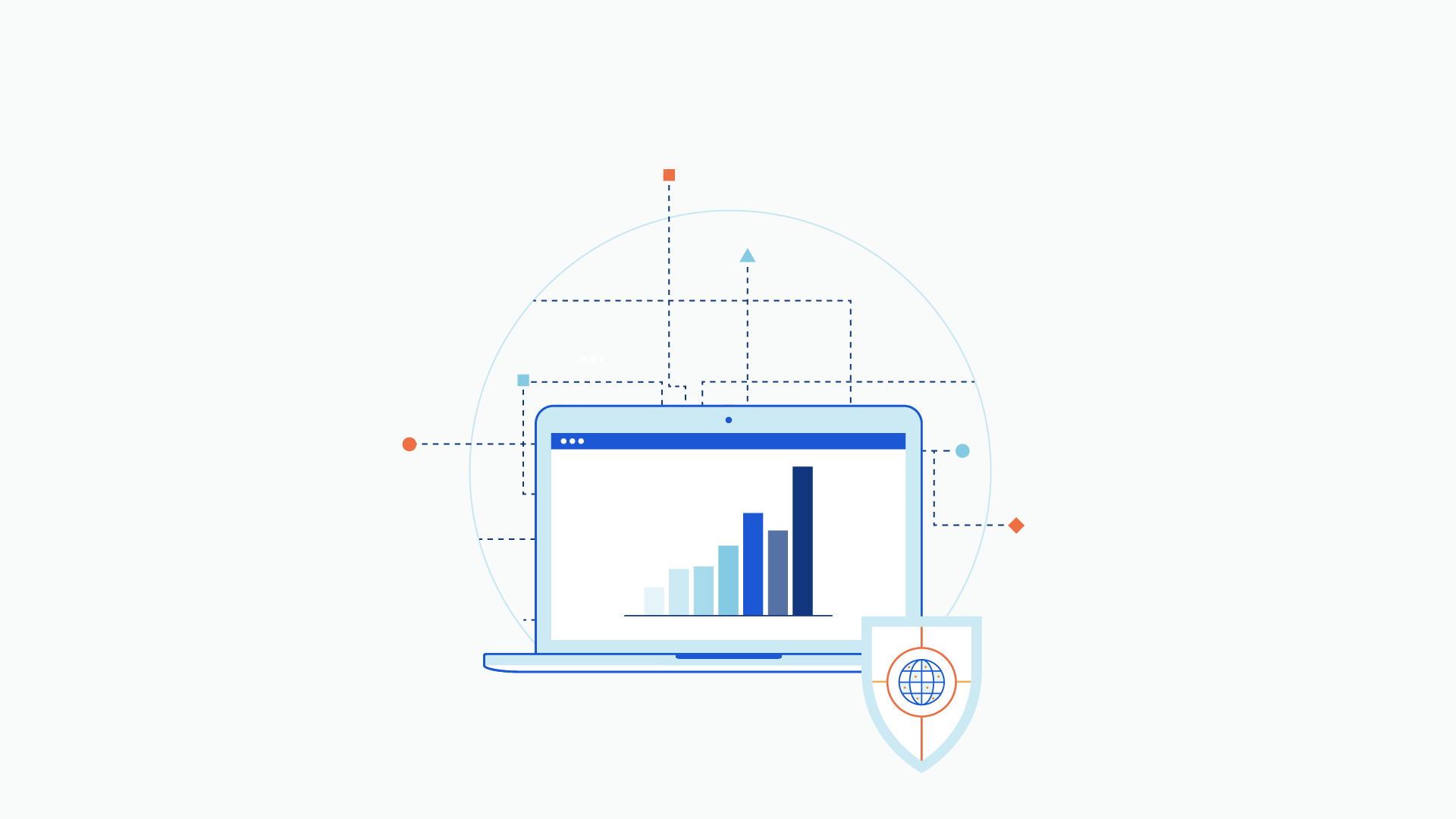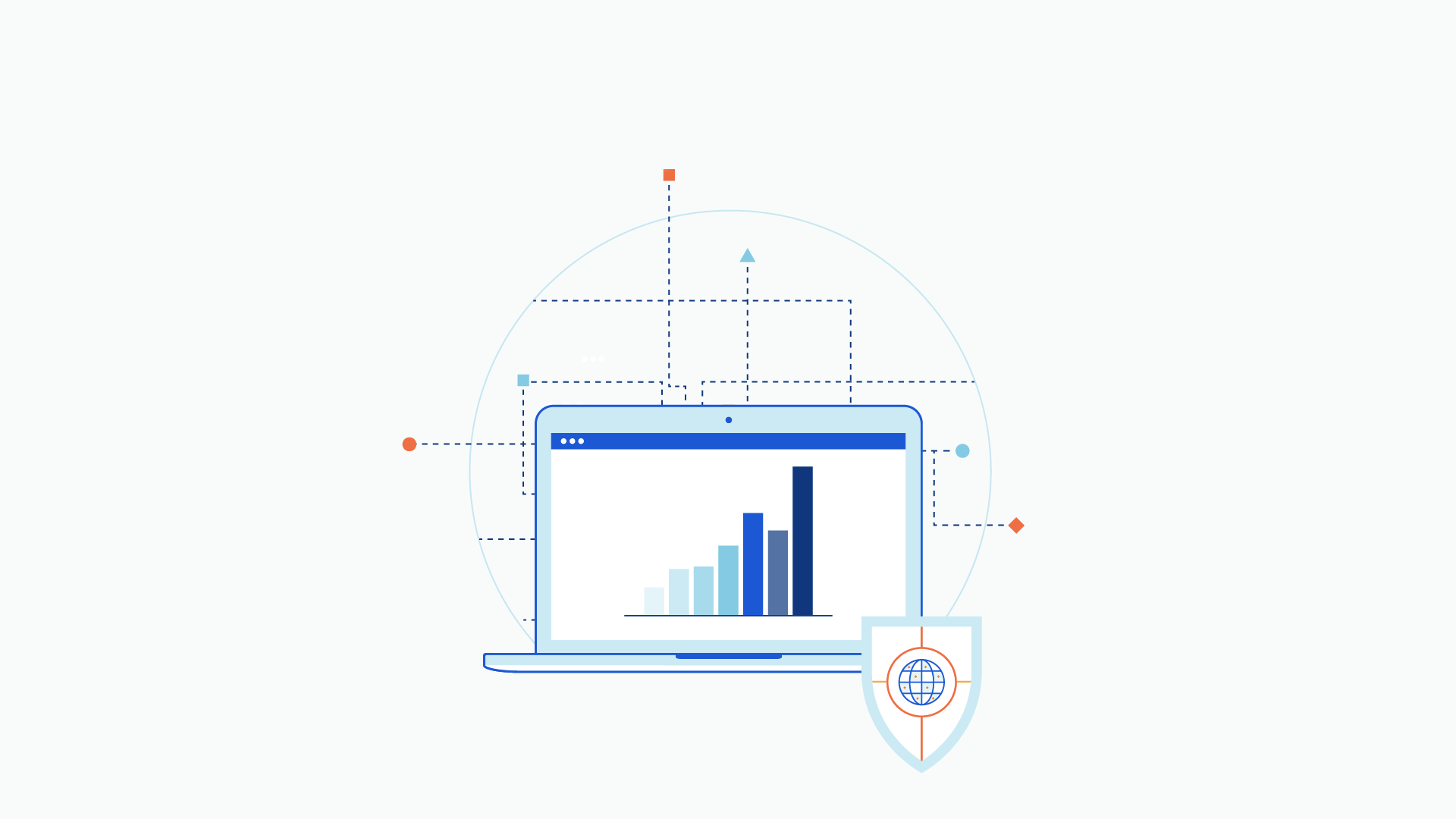0
With the Calico 3.10 release, Dynamic Packet Capture is available in Dynamic Service Graph.
This means users who require self-service, live troubleshooting for microservices and Kubernetes workloads can capture and evaluate traffic packets on endpoints without writing a single line of code or using any 3rd-party troubleshooting tools. Users don’t need to learn about or have knowledge of kubectl or YAML to troubleshoot their microservices and Kubernetes cluster. Calico helps enforce organizational security policies by only allowing users to access their assigned namespaces and endpoints for troubleshooting.
About Dynamic Packet Capture
In most situations when you need to do a packet capture, the problem doesn’t last long and usually happens randomly. But once you narrow down the issue to a particular time or activity, you will need to set the right action plan to tackle the problem. Packet capture is now much easier, simpler, and faster than before.
Dynamic Packet Capture facilitates fast troubleshooting and easy debugging of microservice connectivity issues and performance hotspots in Kubernetes clusters. It is a Kubernetes-native custom resource that runs as part of user code against specific workloads in the cluster, without the need to execute any programs inside the cluster. Dynamic Packet Capture Continue reading

